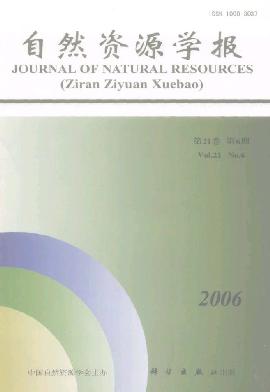Special Column:Celebration of the 70th Anniversary of IGSNRR, CAS
QIU Li-ping, ZHANG Xing-chang
Land use exerts great influence on soil properties,including soil physical,chemical and biological properties,which in turn impact soil quality.In this paper,field investigation and laboratory analysis were conducted to reveal the relationship between land use conditions and changes of soil quality,which will provide valuable evidence for land management and eco-environment rebuilding.We studied major soil chemical properties and soil enzymatic activities under four land use conditions,i.e.forest land,farmland,ploughed abandoned land and unploughed abandoned land,in Ziwuling secondary forest area,and analyzed the relationship between land use and soil chemical and biological properties based on soil quality.The results showed that significant difference existed among soil organic matter,total nitrogen,total phosphorous contents,pH values,and activities of soil urease,invertase and alkaline-phosphatase in surface soils at different land use conditions.The major lower soil nutrients and enzymatic activities were observed in farmland,while the higher nutrients and enzymatic activities were observed in forest land.The major soil properties,exceptx pH values,were reduced with the increase of soil depth in soil profiles.The statistical analysis showed that significant or marked significant correlationship existed among soil organic matter,total nitrogen,total phosphorus,ammonia nitrogen,urease,invertase,alkaline-phosphatase and catalase.Soil degraded index(SQI),which was calculated based on forest area,indicated that soil quality has been greatly degraded in farmland and ploughed abandoned land.The soil degraded index in surface layer(0-20cm)were 44.86% and 43.10%,respectively.However,soil quality has been improved in deep layer soil(20-130cm)in unploughed abandoned land.
